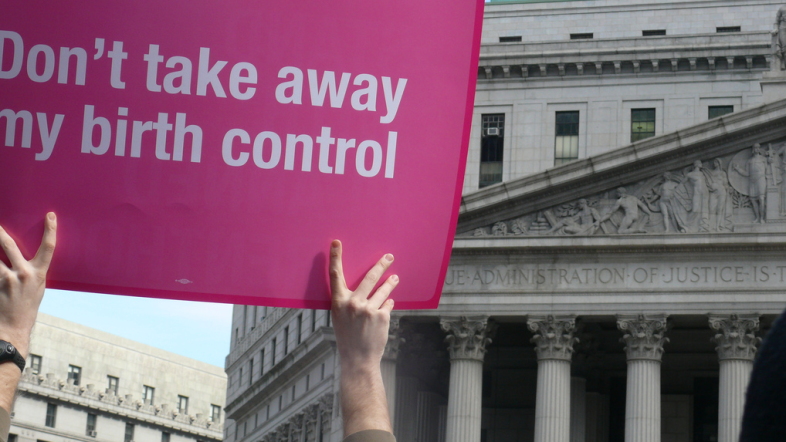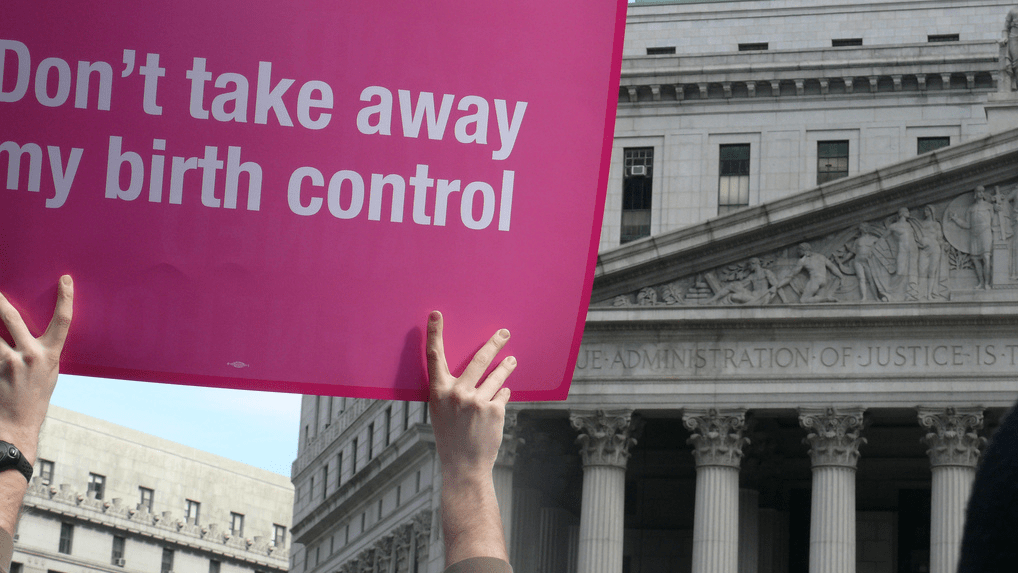5 Things People Who Want To Defund Planned Parenthood Don’t Actually Know About Planned Parenthood

1. Most people don’t go to Planned Parenthood to get an abortion
Abortions make up 3% of the services Planned Parenthood provides.
Most people visit Planned Parenthood for STI (sexually transmitted infection) tests. Their second most used service is helping women get on a contraceptive that works for them (which, you know, is super helpful in decreasing the number of people who do get abortions). Some people get mad at this figure because abortions provide more revenue than an STI check does, but that just means more people will have access to PP’s other services like breast cancer screenings, cervical cancer vaccines and family planning education.
Here’s an interview we did with a doctor who is an abortion provider for Planned Parenthood. Listen to her describe her day and see how much of it has to do with abortions.
2. Most people who go to Planned Parenthood can’t just go to a “normal” doctor if the clinics are shut down
79% of people who go to Planned Parenthood have incomes at or below 150% of the federal poverty line. This is about $18,500 annual income. Planned Parenthood locations are typically found in poorer neighborhoods for a reason — they serve people who can’t afford to go elsewhere.
Additionally, many Planned Parenthood clinics are located in areas where other clinics do not exist, even if patients could afford to go to them. According to The Cut:
“A study by the Guttmacher Institute found that in the 491 counties where there are currently Planned Parenthood clinics, 103 of them have no other clinics where low-income patients can gain access to affordable contraceptive services, should PP’s services be drained.”
3. The government funding to Planned Parenthood isn’t a “charity”
75% of the money Planned Parenthood receives from the government is for Medicaid reimbursements. Medicaid is a health insurance program for low-income people. So, most of the “funding” they receive is just repayment for health services provided, the same way the federal government “funds” any other clinic a Medicaid recipient goes to.
4. Defunding Planned Parenthood won’t actually save us (taxpayers) money
Cutting out preventative care is the worst way to save money on healthcare. Preventative care is much cheaper than treating the progression of bad health caused by a lack of it. People who need medical care aren’t going to magically disappear because you’ve made it harder for them to get medical care. They are going to wait until they are most desperate (which also happens to be when they are most expensive to treat) before seeking care.
The Congressional Budget Office commented on a previous attempt to defund Planned Parenthood and whether it would result in savings for taxpayers:
“[Our Office] expects that some of the services that would not be used if S. 1881 was enacted would include those that help women avert pregnancies and deliveries. Reduced use of such services would be expected to lead to additional births, increasing federal spending, primarily for Medicaid. In addition, some of those children would themselves qualify for Medicaid and possibly for other federal programs.”
5. People who need Planned Parenthood aren’t lazy, irresponsible or dumb
Women that you know depend on Planned Parenthood. 1 in 5 American women have gone to Planned Parenthood for care at some point.
Take a minute and listen to why Planned Parenthood is so important to women:





